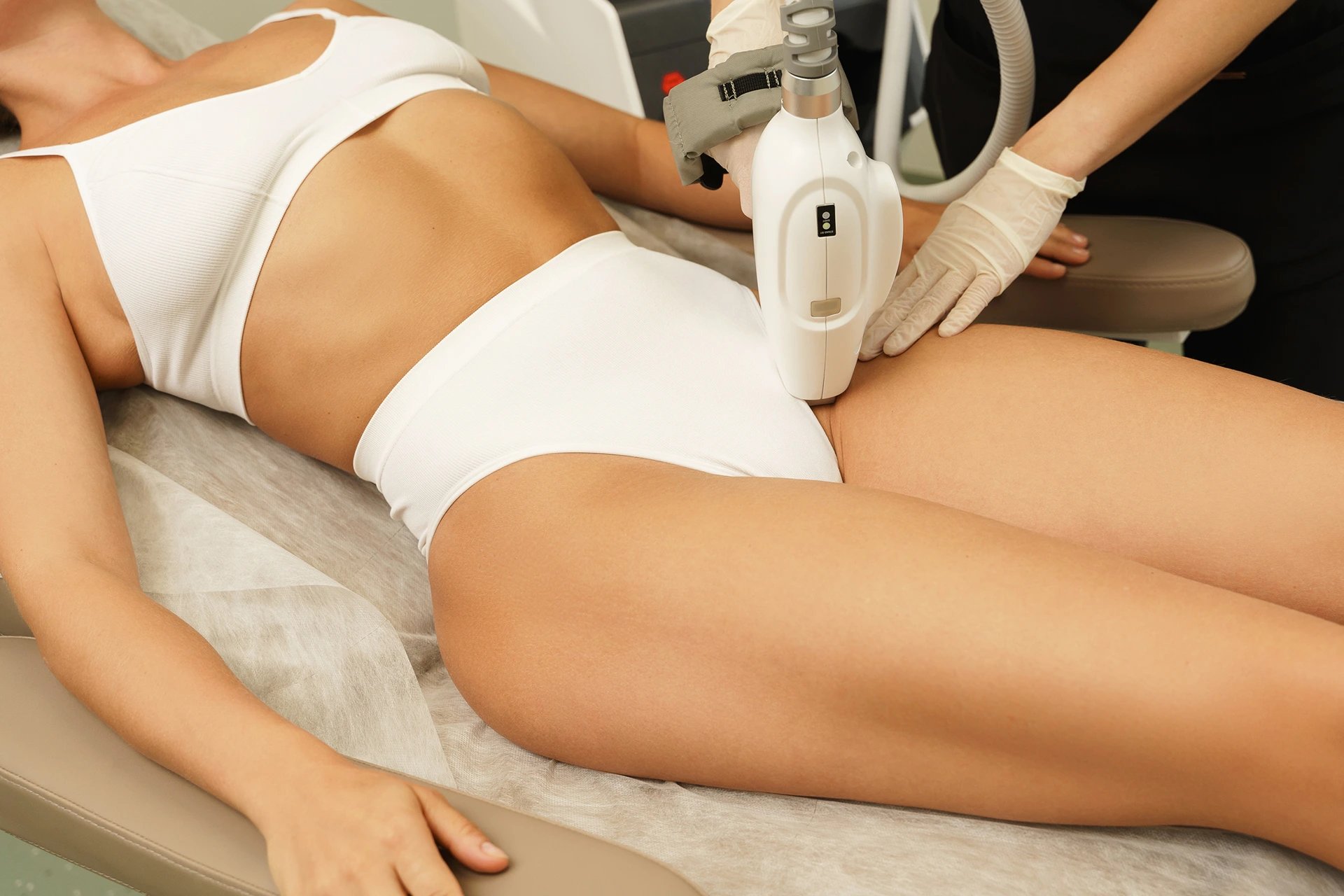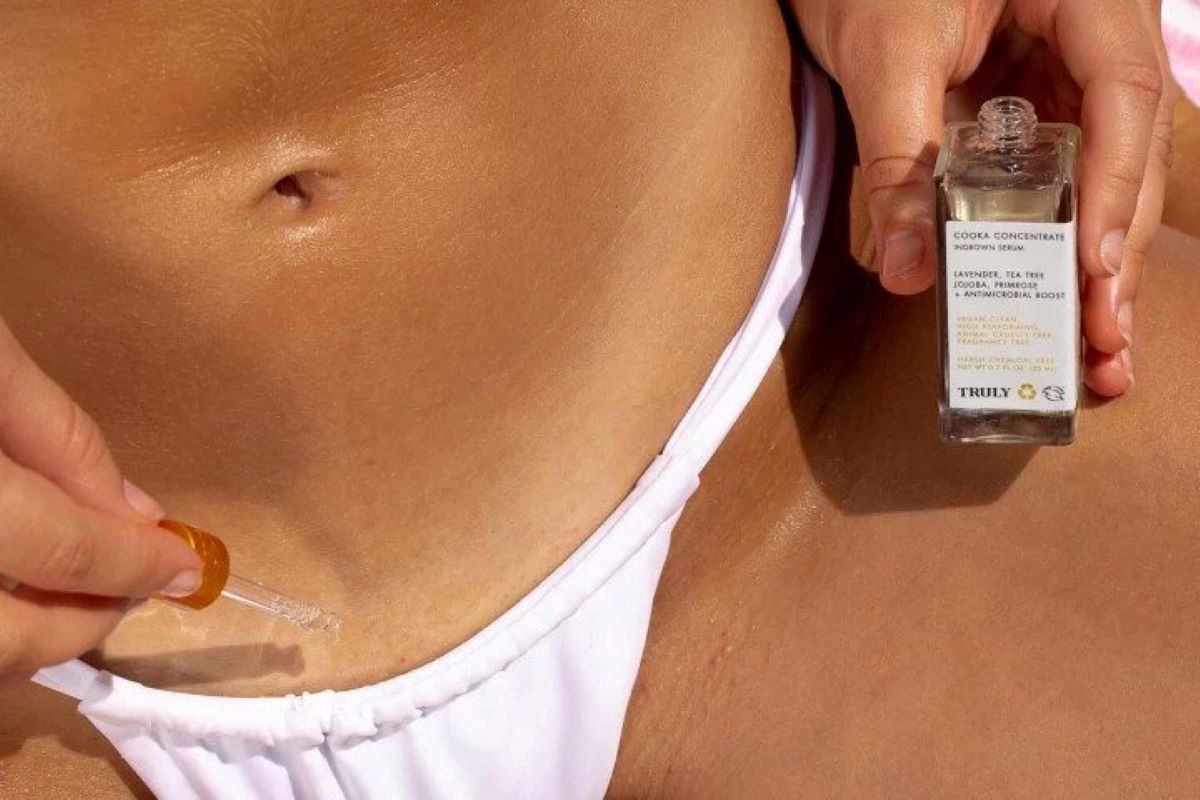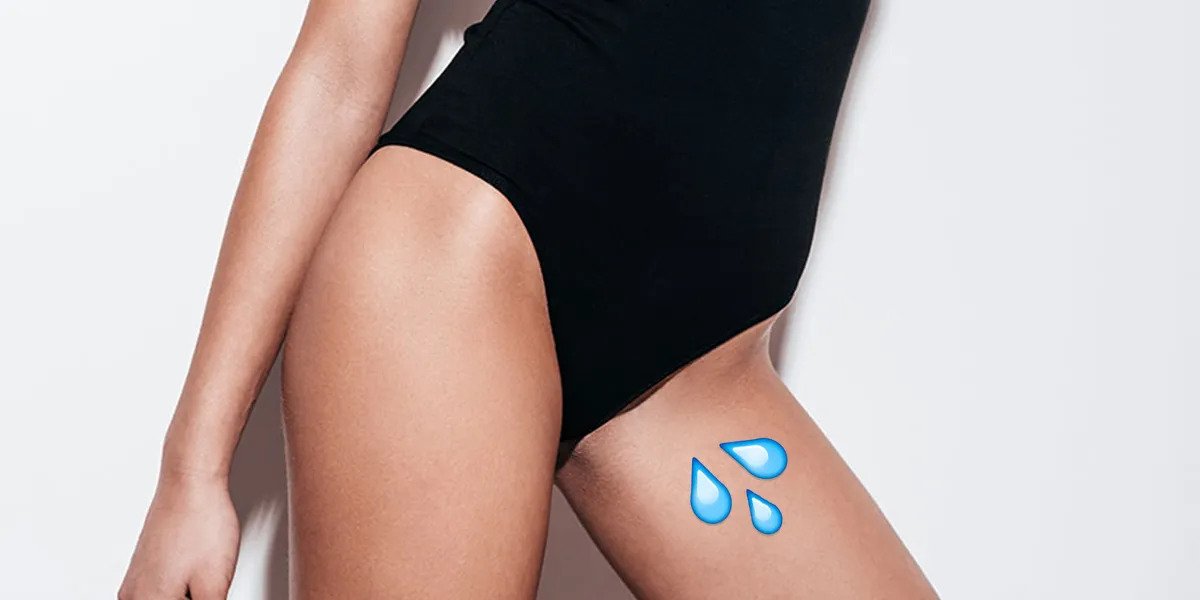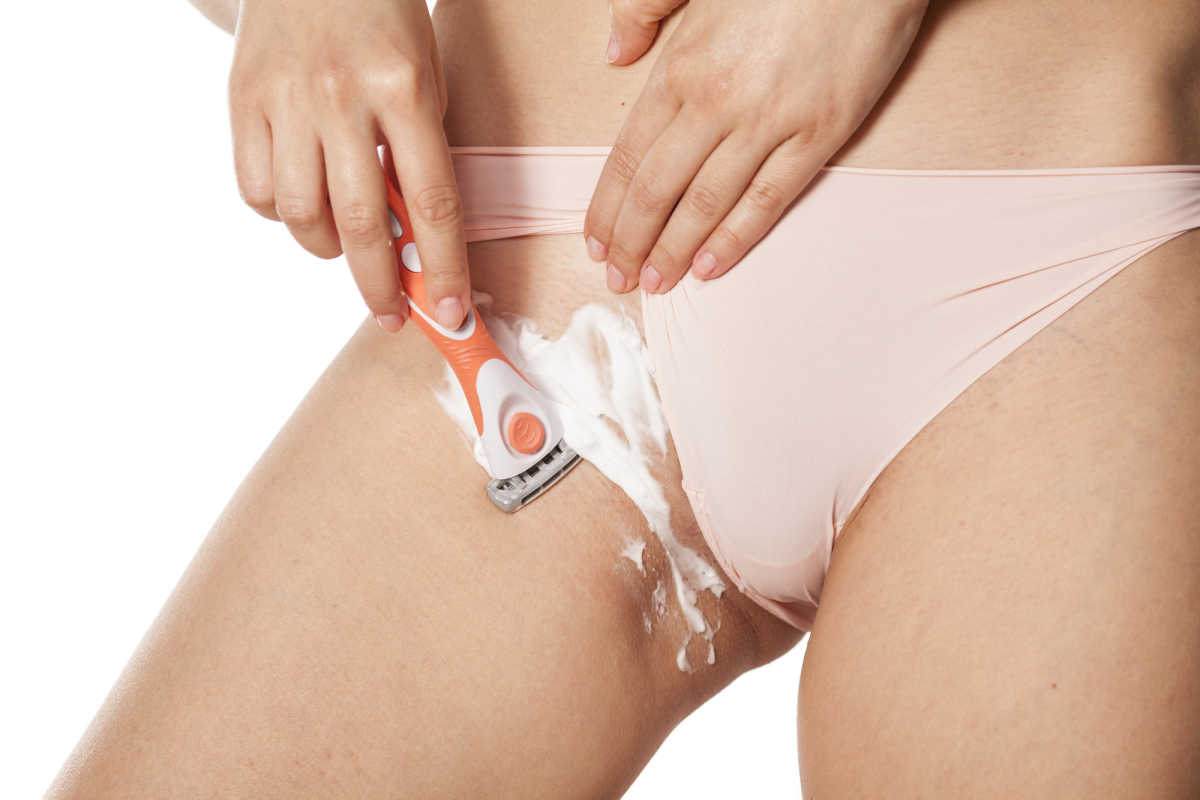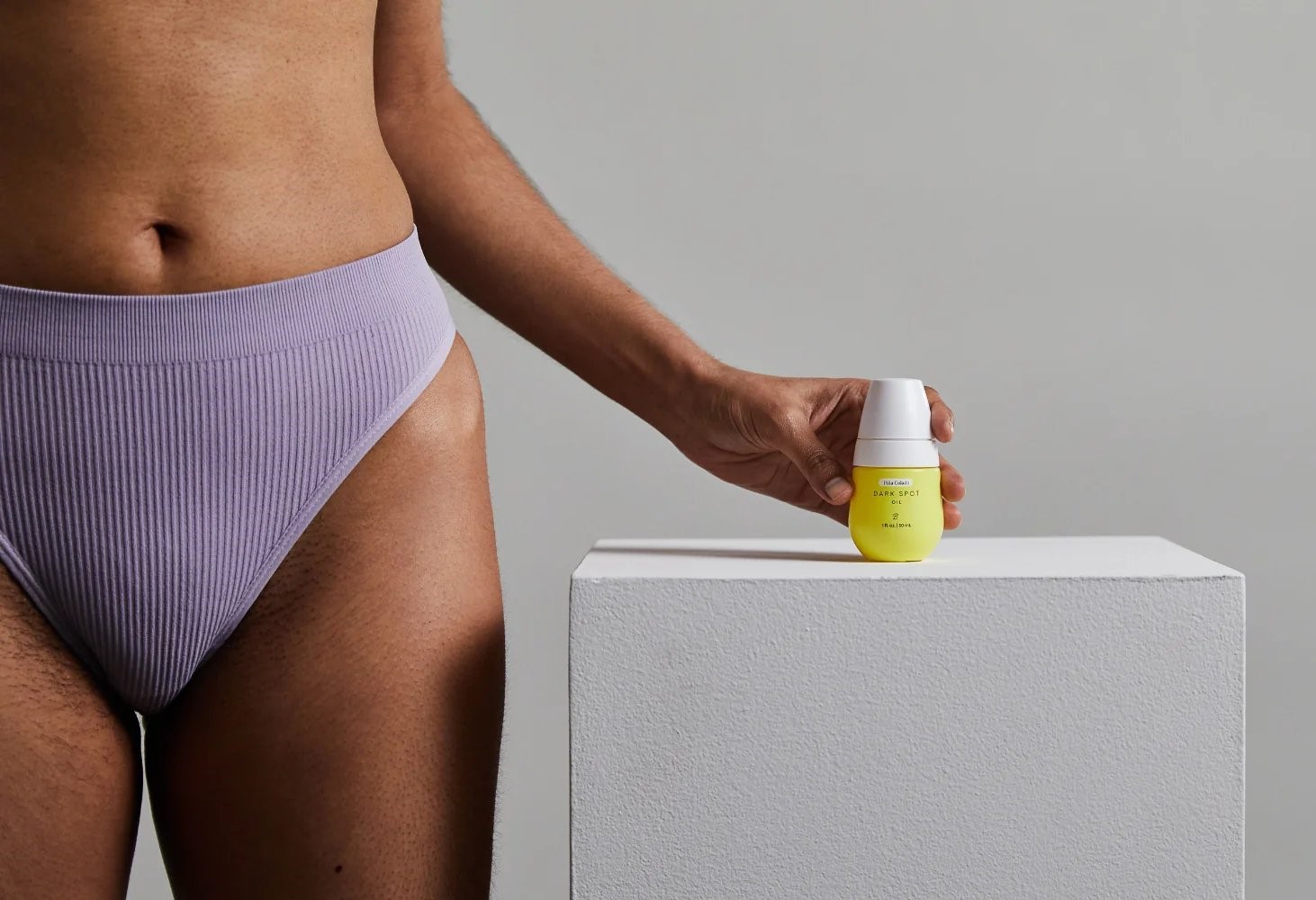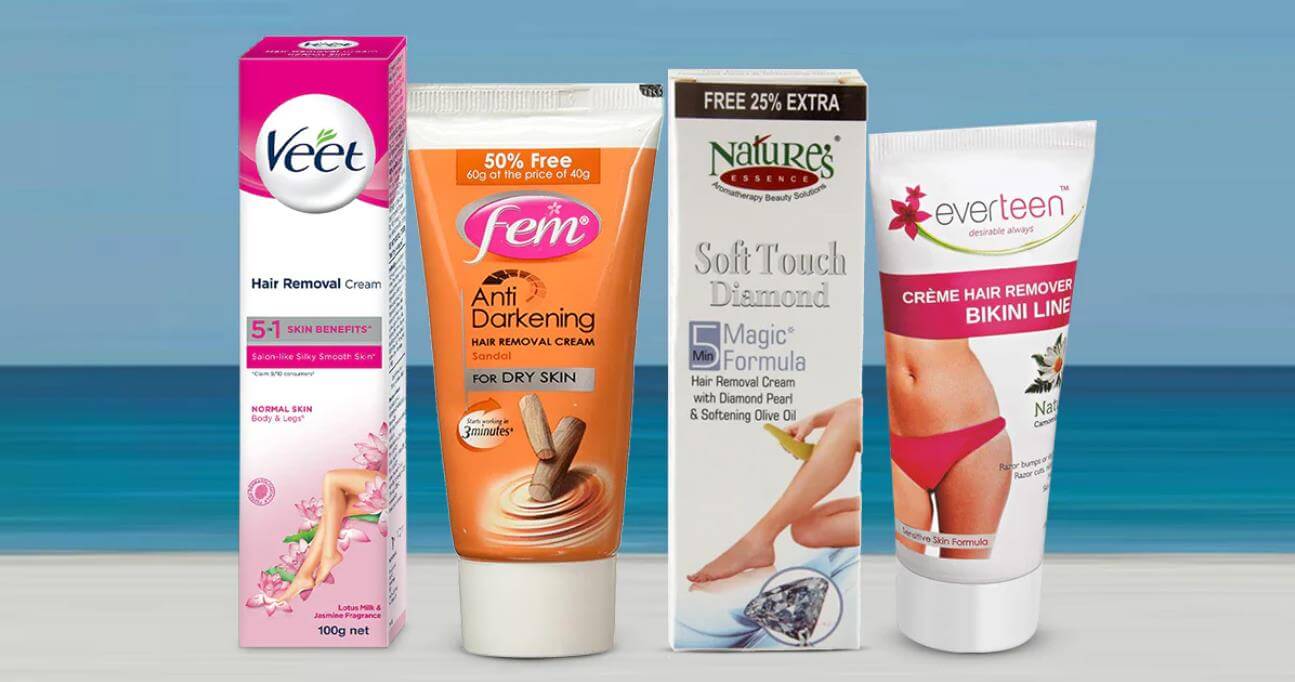Home>How-to Guides>For Women>How To Avoid Razor Burns Along Bikini Area


For Women
How To Avoid Razor Burns Along Bikini Area
Modified: August 10, 2023
Learn effective strategies to prevent razor burn in the bikini area for women. Say goodbye to irritation and discomfort with these expert tips.
(Many of the links in this article redirect to a specific reviewed product. Your purchase of these products through affiliate links helps to generate commission for Under-tec.com, at no extra cost. Learn more)
Table of Contents
Introduction
Shaving the bikini area can be a bit of a tricky task for many women. While we strive for smooth and hair-free skin, the possibility of razor burn looms over us. Razor burn, characterized by redness, itching, and sometimes painful bumps, is a common concern when it comes to bikini area grooming.
The good news is that razor burn in the bikini area is not inevitable. With the right knowledge and techniques, you can achieve a smooth shave without the unwanted aftermath. In this article, we will explore how to avoid razor burn in the bikini area by discussing pre-shaving preparations, choosing the right razor and technique, proper aftercare, and alternative hair removal methods.
Before diving into the practical tips, it’s important to understand what razor burn actually is. Razor burn is a skin irritation that occurs after shaving, typically due to friction and pressure exerted by the razor blade. This can cause the hair follicles to become inflamed and lead to discomfort and unsightly bumps. It is more likely to occur in areas with sensitive skin, such as the bikini area.
Now that we have a basic understanding of the issue at hand, let’s explore how to avoid razor burn in the bikini area and achieve that smooth, irritation-free shave we desire.
Understanding Razor Burn
Razor burn is a common skin condition that can occur after shaving, especially in sensitive areas like the bikini area. It is important to understand how razor burn develops in order to effectively prevent and treat it.
When shaving, the razor blade can cause irritation to the skin due to various factors. One of the main causes of razor burn is friction. The repeated scraping of the razor blade against the skin can lead to inflammation and redness. Additionally, applying too much pressure while shaving can further aggravate the skin, resulting in razor burn.
Another contributing factor to razor burn is the use of dull or old razor blades. A dull blade is more likely to cause irritation as it requires more passes over the skin, increasing friction and trauma to the hair follicles. Using a fresh, sharp razor blade will result in a smoother and less irritating shave.
Shaving against the direction of hair growth can also lead to razor burn. While it may provide a closer shave, it increases the likelihood of irritation and ingrown hairs. It is recommended to shave in the direction of hair growth to minimize the risk of razor burn.
People with sensitive skin are more prone to developing razor burn. The delicate skin of the bikini area can easily become irritated, resulting in redness, itching, and bumps. It is important to take extra precautions when shaving this area to prevent razor burn.
Now that we have a better understanding of why razor burn occurs, let’s move on to the next section, where we will discuss the crucial steps for preparing the bikini area before shaving.
Preparing the Bikini Area for Shaving
Proper preparation is key to achieving a smooth and irritation-free shave in the bikini area. By properly preparing the skin before shaving, you can reduce the risk of razor burn and achieve better results. Here are some essential steps to follow:
- Exfoliate: Before shaving, it is important to exfoliate the bikini area. This helps remove dead skin cells and unclog hair follicles, allowing for a closer and smoother shave. Gently exfoliate the area using a body scrub or a gentle exfoliating brush. Avoid using harsh or abrasive exfoliants that can further irritate the skin.
- Trim the hair: If the hair in the bikini area is long, it is recommended to trim it before shaving. Long hair can get caught in the razor blade and lead to tugging and irritation. Use a pair of sharp scissors or a bikini trimmer to trim the hair to a manageable length.
- Soften the hair and skin: Softening the hair and skin before shaving can make the process easier and reduce the risk of razor burn. Take a warm shower or apply a warm compress to the bikini area for a few minutes. This helps to soften the hair and open up the pores, making it easier for the razor to glide smoothly over the skin.
- Apply a shaving gel or cream: Using a quality shaving gel or cream is essential for a smooth and comfortable shave. It provides lubrication and creates a protective barrier between the razor and the skin, reducing friction and minimizing irritation. Choose a shaving product that is specifically formulated for sensitive skin.
- Use a clean, sharp razor: Always use a clean and sharp razor blade when shaving the bikini area. A dull blade can cause more friction and increase the likelihood of razor burn. If using a disposable razor, make sure it is new or has a fresh blade. Consider using a razor designed specifically for women’s bikini area for better control and maneuverability.
By following these steps, you can ensure that your bikini area is properly prepared for shaving, minimizing the risk of razor burn. In the next section, we will discuss the importance of choosing the right razor and using the proper shaving technique.
Choosing the Right Razor and Shaving Technique
When it comes to avoiding razor burn in the bikini area, selecting the right razor and using the proper shaving technique can make a significant difference. Here are some guidelines to follow:
- Choose a razor suitable for sensitive skin: Opt for a razor specially designed for sensitive skin and bikini area. These razors usually come with features like moisturizing strips and multiple blades for a smooth and gentle shave. Avoid using men’s razors, as they may be too harsh and not designed for the sensitive skin of the bikini area.
- Consider an electric razor: If you find that traditional razors cause too much irritation, consider using an electric razor. Electric razors are designed to minimize friction and can be a gentler option for sensitive skin. They also eliminate the need for shaving cream or gel, reducing the chances of irritation.
- Shave in the direction of hair growth: To minimize irritation and reduce the risk of razor burn, it is recommended to shave in the direction of hair growth. Shaving against the grain may provide a closer shave, but it increases the chances of irritation and ingrown hairs. Take your time and shave in short, gentle strokes in the same direction as the hair growth.
- Avoid applying too much pressure: Applying excessive pressure while shaving can cause friction and lead to razor burn. Let the weight of the razor do the work, using gentle and controlled movements. Pressing too hard can also result in nicks and cuts, so it’s important to be mindful of the amount of pressure applied.
- Rinse the razor frequently: Rinse the razor blade frequently during the shaving process. This removes hair, shaving cream, and dead skin cells that can clog the blade and cause irritation. A clean razor will provide a smoother shave and reduce the chances of razor burn.
By selecting the right razor and using the proper shaving technique, you can significantly reduce the risk of razor burn in the bikini area. However, proper aftercare is equally important to maintain the health and smoothness of the skin. In the next section, we will discuss the essential steps for taking care of the bikini area after shaving.
Proper Aftercare for the Bikini Area
Proper aftercare is essential for preventing and soothing razor burn in the bikini area. Taking care of the skin after shaving helps to minimize irritation, promote healing, and maintain smoothness. Here are some vital steps for proper aftercare:
- Rinse with cool water: After shaving, rinse the bikini area with cool water to soothe the skin and close the pores. Cool water helps to reduce inflammation and prevent bacteria from entering the hair follicles, reducing the risk of infection.
- Pat dry with a clean towel: Gently pat the shaved area dry with a clean towel. Avoid rubbing the skin vigorously as it can cause further irritation. Make sure the towel is clean to prevent any bacteria from transferring to the newly shaved skin.
- Avoid tight clothing: Avoid wearing tight clothing that may rub against the freshly shaved skin. Tight clothing can increase friction and lead to irritation and ingrown hairs. Opt for loose, breathable clothing to allow the skin to heal properly.
- Apply a soothing moisturizer: After drying the skin, apply a gentle and soothing moisturizer to the bikini area. Look for a moisturizer specifically formulated for sensitive skin and free from harsh chemicals or fragrances. Moisturizing helps to keep the skin hydrated, reduce redness, and soothe any irritations.
- Avoid harsh products: Avoid using harsh products, such as perfumes, alcohol-based toners, or exfoliants, on the freshly shaved skin. These can further irritate the skin and cause discomfort. Stick to gentle and non-irritating products during the healing process.
- Avoid sun exposure: Direct sun exposure can worsen the irritation and sensitivity of the freshly shaved bikini area. It is important to avoid sun exposure or use a broad-spectrum sunscreen with a high SPF to protect the skin from harmful UV rays. This is especially crucial during the first 24-48 hours post-shave.
By following these aftercare practices, you can help to maintain the smoothness of the bikini area, reduce razor burn, and promote faster healing. However, if you find that razor burn persists or worsens, it’s essential to consult a dermatologist or seek professional advice.
Alternative Hair Removal Methods
While shaving is a popular and convenient hair removal method for the bikini area, it may not be suitable for everyone, especially if you are prone to razor burn. Fortunately, there are alternative hair removal methods that can help you achieve a smooth and hair-free bikini area without the risk of irritation. Here are some options to consider:
- Waxing: Waxing involves applying warm wax to the bikini area and removing it along with the hair using a cloth strip. Waxing provides longer-lasting results compared to shaving, as it removes the hair from the root. It can be done at home using a DIY waxing kit or by visiting a professional salon. Keep in mind that waxing can be painful, and it’s important to follow the instructions carefully to minimize the risk of skin irritation.
- Depilatory creams: Depilatory creams, also known as hair removal creams, work by dissolving the hair just below the surface of the skin. These creams are applied to the bikini area and left for a specified time before being wiped off, taking the hair with them. Depilatory creams are relatively easy to use and provide a longer-lasting result compared to shaving. However, they can contain harsh chemicals that may cause skin irritation, so it’s important to do a patch test first and follow the instructions carefully.
- Laser hair removal: Laser hair removal is an effective long-term hair removal solution that uses concentrated light energy to target and destroy hair follicles. This method offers long-lasting results and can significantly reduce hair growth in the treated area. Laser hair removal is typically done by a professional and may require multiple sessions for optimal results. It is important to note that laser hair removal can be costly and may not be suitable for everyone based on skin type and hair color.
- Epilation: Epilation involves using an electric epilator device to remove hair from the root. The device uses multiple tweezers or discs to grasp and pull out the hair. Epilation provides longer-lasting results compared to shaving and can be done at home. However, it may cause some discomfort, especially for those with sensitive skin.
- Professional hair removal: If you have sensitive skin or struggle with razor burn, seeking professional hair removal options such as laser hair removal or professional waxing services may be a better choice. Professionals have the experience and knowledge to perform these treatments effectively and minimize the risk of skin irritation.
It’s important to consider your skin type, budget, and personal preference when choosing an alternative hair removal method for the bikini area. Remember to do your research, follow the instructions carefully, and test the method on a small area of skin before proceeding to ensure compatibility and minimize the risk of irritation.
Now that we have explored alternative hair removal methods, let’s move on to the next section where we will discuss some essential tips for preventing razor burn in the bikini area.
Tips for Preventing Razor Burn in the Bikini Area
Preventing razor burn in the bikini area requires a combination of proper techniques and self-care practices. Here are some valuable tips to help you achieve a smooth and irritation-free shave:
- Always use a clean and sharp razor: Using a clean and sharp razor is crucial for minimizing friction and reducing the risk of razor burn. Change the blade or cartridge regularly, especially if it becomes dull or rusty.
- Shave in the shower or immediately after: Shaving in the shower or immediately after can help to soften the hair and open up the pores, making the shaving process smoother and less irritating.
- Apply a moisturizing shaving cream or gel: Using a moisturizing shaving cream or gel creates a barrier between the razor and the skin, reducing friction and irritation. Avoid using soap as it can dry out the skin and increase the risk of razor burn.
- Shave in the direction of hair growth: Shaving in the direction of hair growth minimizes the risk of irritation and ingrown hairs. Although it may not provide the closest shave, it is a gentler approach for sensitive skin.
- Avoid going over the same area multiple times: Going over the same area repeatedly can cause irritation and increase the risk of razor burn. Instead, try to achieve a smooth shave with fewer strokes, being careful not to press too hard.
- Moisturize the skin after shaving: After shaving, apply a gentle, fragrance-free moisturizer to soothe and hydrate the skin. Moisturizing helps to maintain the skin’s moisture barrier and prevent dryness and irritation.
- Avoid tight clothing and excessive sweating: Wearing tight clothing or engaging in activities that cause excessive sweating can increase friction and irritation in the bikini area. Opt for loose clothing and avoid activities that may induce excessive sweating immediately after shaving.
- Avoid touching or scratching the freshly shaved skin: Touching or scratching the freshly shaved skin can introduce bacteria and cause further irritation. It’s important to resist the temptation and allow the skin to heal naturally.
- Maintain a regular shaving routine: Consistency is key when it comes to preventing razor burn. Maintaining a regular shaving routine helps to condition the skin and reduce the likelihood of irritation.
By following these tips, you can significantly reduce the risk of razor burn in the bikini area and achieve a more comfortable and enjoyable shaving experience. Remember to be gentle, patient, and attentive to the needs of your skin during the shaving process.
Now that we have covered these helpful tips, let’s wrap up our discussion on avoiding razor burn in the bikini area.
Conclusion
Achieving a smooth and irritation-free shave in the bikini area is possible with the right knowledge and techniques. Razor burn, though a common concern, can be prevented by following proper pre-shaving preparations, choosing the right razor and technique, and adopting effective aftercare practices.
By exfoliating, trimming, and softening the hair and skin before shaving, you can minimize the risk of irritation. Choosing a suitable razor, whether it’s a specially designed razor for sensitive skin or an electric razor, can also make a difference. Shaving in the direction of hair growth, rinsing the razor frequently, and avoiding applying too much pressure are important technique considerations.
After shaving, proper aftercare is essential. Rinsing with cool water, patting dry, and avoiding tight clothing help to soothe the skin and prevent further irritation. Applying a gentle moisturizer, avoiding harsh products, and protecting the skin from sun exposure are key steps in aftercare.
If shaving is not suitable for your skin, alternative hair removal methods like waxing, depilatory creams, laser hair removal, and professional hair removal services can be explored. Each method has its own advantages and considerations, so it’s important to choose one that suits your needs and preferences.
By following these tips and techniques, you can successfully prevent razor burn in the bikini area and achieve a smooth, hair-free result. Remember to be mindful of your skin’s needs, listen to your body, and adjust your routine as necessary. With persistence and care, you can maintain a comfortable bikini area and feel confident in your skin.

